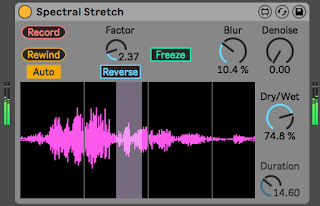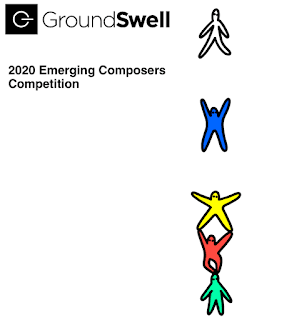Electro-chamber music: around Mantra
The fourth session of my Electro-chamber music course was dedicated to Karlheinz Stockhausen's classic Mantra.
This composition for two pianos (with rind modulators, crotales, woodblock, and more) is a beautiful example of new soundscapes unveiled with live electronic music. It reminds as well that the artistic use of live electronic sound processing predates digital technology.
Composing for a traditional instrument and live electronics
During the class, the students explored crucial moments of the composition. In Mantra, Stockhausen found many great connections between the acoustic properties of the piano and the ring modulation process.
For instance, at the top, the first piano's modulator frequency is set at 220Hz, the fundamental frequency of the A3 repeated in the melody (musical formula, to use Stockhausen's lingo). With this setting, the piano sounds almost natural on the A3 note, and grows stranger and stranger the farther the note is from this central pitch.
Page 27 comes an awesome suspended time section. The pianists play the piano and the ring modulator with quite some space for personal interpretation.
At the core of this electro-chamber music class lies the connection between theory and practice: the students improvised playing both their instrument and, in lieu of ring modulator, the software simulation Ringshifter, part of Apple's Mainstage (and Logic).
The score and a recording of Mantra are available at Stockhausen Verlag.






Comments
Post a Comment